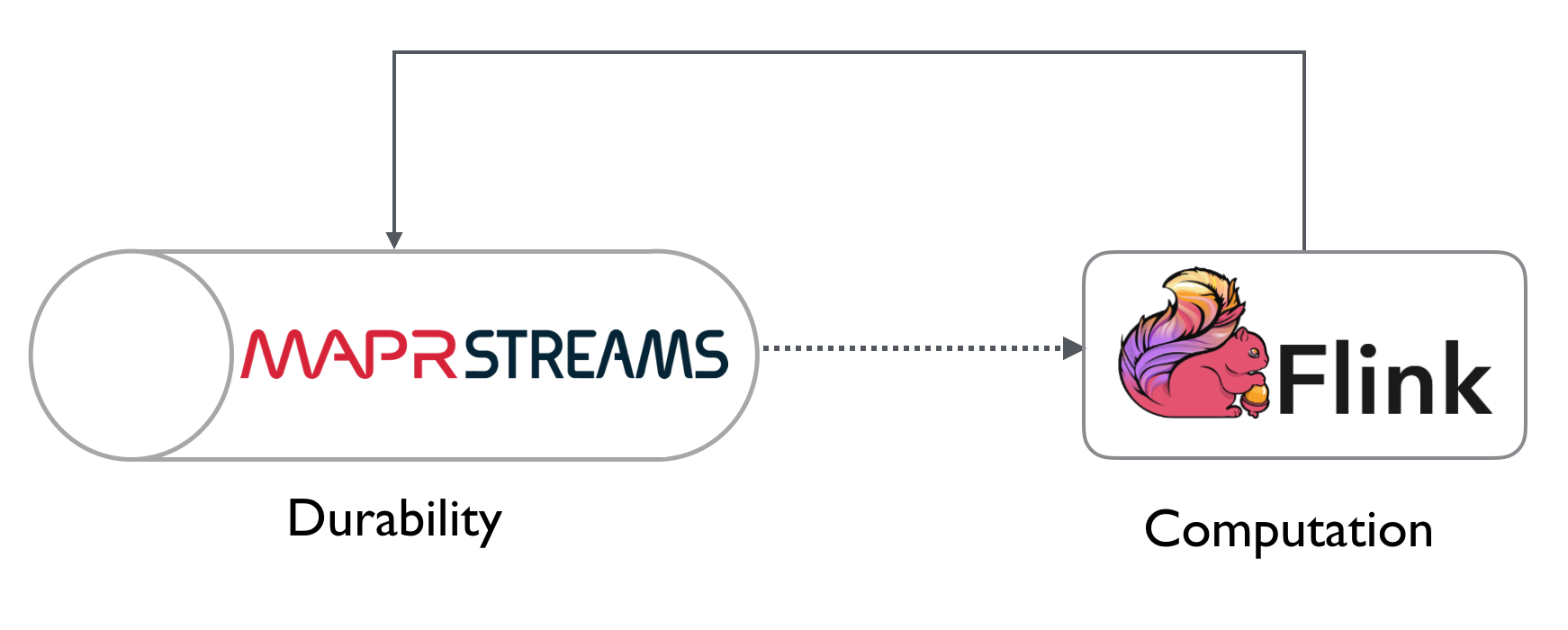Introduction
MapR-DB Table Replication allows data to be replicated to another table that could be on on the same cluster or in another cluster. This is different from the automatic and intra-cluster replication that copies the data into different physical nodes for high availability and prevent data loss.
This tutorial focuses on the MapR-DB Table Replication that replicates data between tables on different clusters.
Replicating data between different clusters allows you to:
- provide another level of disaster recovery that protects your data and applications against global data center failure,
- push data close to the applications and users,
- aggregate the data from mutliple datacenters.
Replication Topologies
MapR-DB Table Replication provides various topologies to adapt the replication to the business and technical requirements:
- Master-slave replication : in this topology, you replicate one way from source tables to replicas. The replicas can be in a remote cluster or in the cluster where the source tables are located.
- Multi-Master replication : in this replication topology, there are two master-slave relationships, with each table playing both the role of a master and a slave. Client applications update both tables and each table replicates updates to the other.
In this example you will learn how to setup multi-master replication.
 .
.